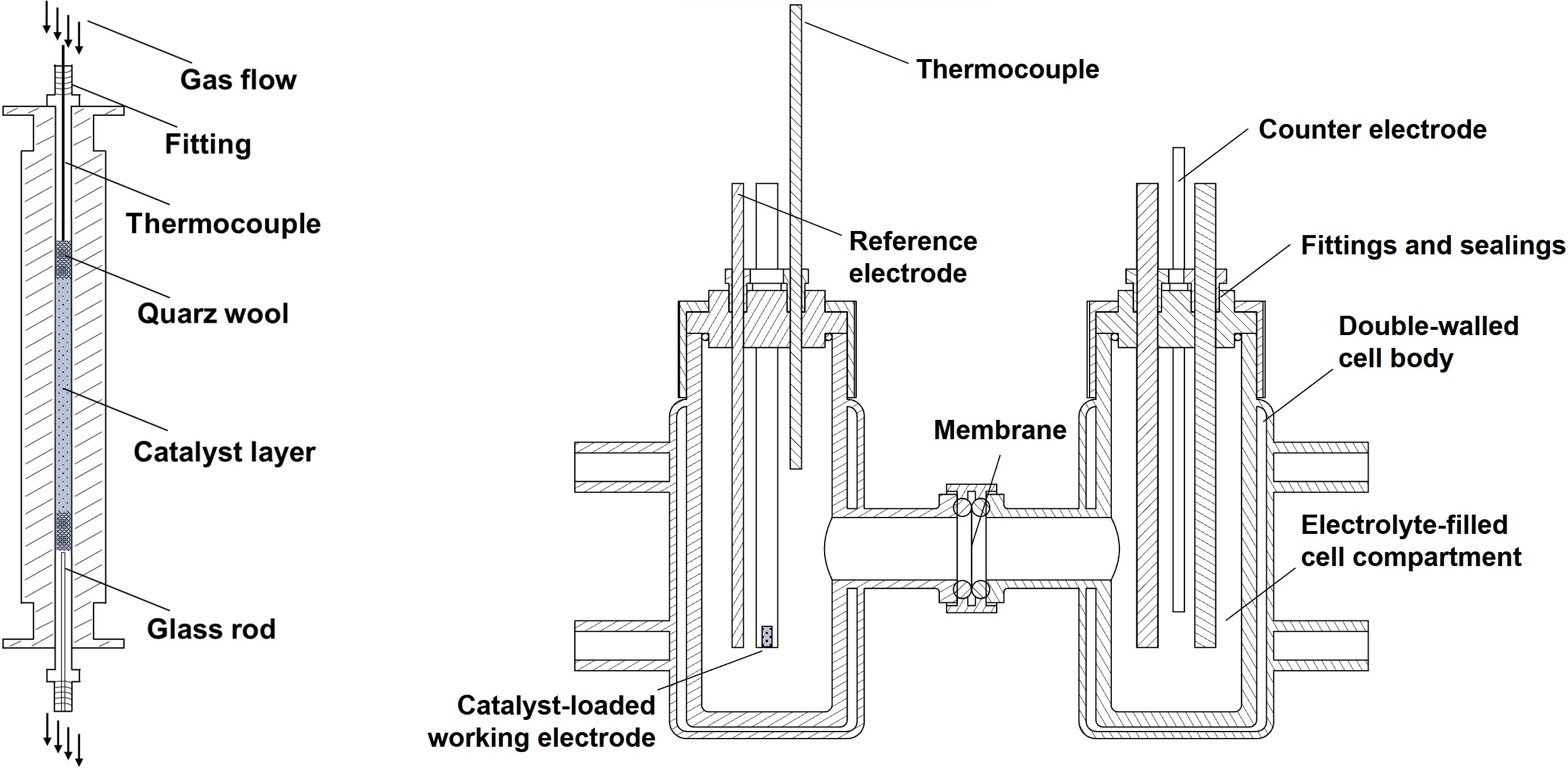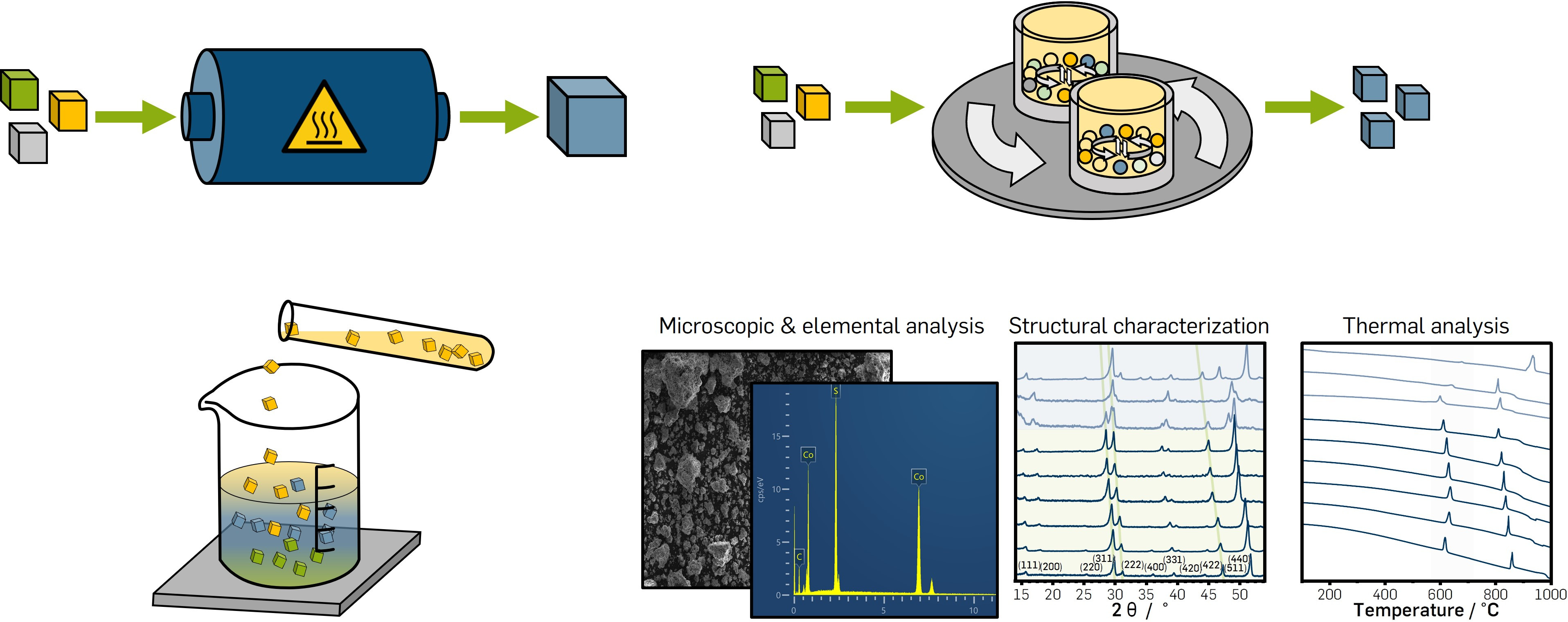Heterogeneous catalysis is an important field of study that deals with the use of solid catalysts to enhance the rate and efficiency of (electro-)chemical reactions. One of the main applications of heterogeneous catalysts in the energy sector is the electrochemical water splitting, which is an important step in the production of hydrogen, a clean and renewable fuel source.


Another application is the conversion of carbon dioxide into useful chemicals, such as fuels and syngas, which helps to reduce greenhouse gas emissions. Our group is also focused on the electrochemical hydrogenation of organic molecules for production of commodity chemicals.


Our research group is dedicated to the development of the synthesis of heterogeneous catalysts for various applications. We have longstanding and extensive experience in the synthesis of transition metal sulfides, oxides and other classes. Additionally, zeolite-based oxide catalysts are also part of research to thermally convert syngas into valuable commodity chemicals. We utilize various methods, including wet-chemical precipitation, high-temperature syntheses and mechanochemistry, to produce these catalyst systems and composites.
Our group's expertise in the synthesis and testing of heterogeneous catalysts has enabled us to make significant contributions to the field. We are very proud of our interdisciplinary combination of chemistry and engineering sciences, which allows us to bridge the gap between basic research and application. By exploring new synthesis methods and improving the efficiency of catalysts, we aim to help pave the way for a more sustainable future.
Patent:
Publications: